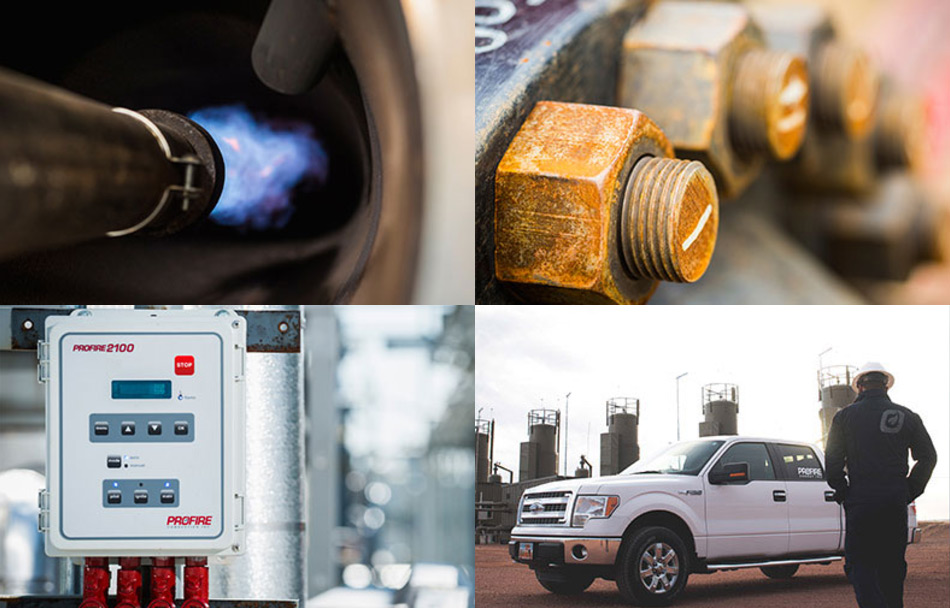- Albanian
- Arabic
- Belarusian
- Bengali
- Czech
- English
- French
- German
- Hebrew
- Hungarian
- Indonesian
- irish
- Italian
- Japanese
- kazakh
- Persian
- Russian
- Thai
- Uzbek
- Vietnamese
roller coaster graph equations
Understanding Roller Coaster Graph Equations
Roller coasters are among the most exhilarating attractions found in amusement parks, captivating thrill-seekers with their breathtaking speeds and dizzying heights. However, behind the scenes of these adrenaline-pumping rides lies a world of mathematics and physics, particularly embodied in the equations used to graph their trajectories. Understanding roller coaster graph equations can deepen our appreciation of the design and safety considerations that go into crafting these gravity-defying structures.
At its core, a roller coaster graph typically represents the vertical position (height) of the coaster car as a function of horizontal distance traveled along the track. This relationship can be modeled using various mathematical equations, each providing insights into different aspects of the ride. One common approach is to use polynomial equations. For example, a simple quadratic equation like \( y = ax^2 + bx + c \) can model the parabolic shape of certain coaster segments, describing a rise and subsequent fall in height as the coaster navigates hills and valleys.
More intricate designs, however, may require the use of piecewise functions. These functions break down the coaster's path into segments, each defined by different equations. One section might represent a steep incline using a cubic function, while another segment, depicting a loop, could be modeled using trigonometric functions like sine or cosine. This versatility allows designers to capture the unique experiences offered by each roller coaster.
roller coaster graph equations

Furthermore, the periodic nature of roller coasters, especially those featuring inversions and spirals, can be effectively described utilizing sinusoidal functions. For example, the equation \( y = A \sin(B(x - C)) + D \) can model the height of a coaster as it rolls through thrilling loops and twists, where \( A \) represents the amplitude (the maximum height), \( B \) determines the frequency (how many times the loop occurs), \( C \) is the horizontal shift, and \( D \) indicates the vertical shift from the baseline.
Beyond height, the speed and acceleration of the roller coaster also correlate with the graph equations. For instance, the velocity can be derived from the height equation by applying principles from physics—specifically, the relationship between potential and kinetic energy. As the coaster climbs to a peak (where potential energy is maximized), it loses this energy as it descends, converting it into kinetic energy, which is maximal at the lowest points of the track. Thus, one can calculate the coaster's speed at various points by using the equation for gravitational potential energy, \( PE = mgh \), where \( m \) is mass, \( g \) is the acceleration due to gravity, and \( h \) is height.
Safety considerations are paramount in roller coaster design, making understanding these equations crucial for engineers. Analyzing the graphs allows them to predict the forces acting on the riders at various points throughout the ride. The excessive g-forces, if too high, can pose risks to riders, therefore necessitating careful calculations based on the roller coaster's graph equations.
In conclusion, roller coaster graph equations are fundamental to designing safe and thrilling experiences. By using polynomial, trigonometric, and piecewise functions, engineers can create intricate paths that guide roller coasters through exhilarating loops and steep drops. This mathematical foundation not only enriches the thrill of the ride but also ensures the safety of everyone who dares to take the plunge into the exhilarating world of roller coasters. So, the next time you’re on a roller coaster, take a moment to appreciate the complex equations that make your thrilling experience possible!
-
Flume Ride-Hebei Zhipao Amusement Equipment Manufacturing Co., Ltd.|Thrilling Water Attraction&Customizable DesignJul.30,2025
-
Flume Ride - Hebei Zhipao Amusement Equipment | Water Coaster, Thrilling DescentJul.30,2025
-
Flume Ride - Hebei Zhipao | Thrilling Water AttractionJul.30,2025
-
Flume Ride: Thrilling Water Attraction by Hebei Zhipao|Log Flume Manufacturers&Flume Ride DesignJul.30,2025
-
Flume Ride-Hebei Zhipao Amusement Equipment Manufacturing Co., Ltd.|Thrilling Water Coaster, Safe DesignJul.30,2025
-
Flume Ride-Hebei Zhipao Amusement Equipment Manufacturing Co., Ltd.|Thrilling Water Attraction, Safe DesignJul.30,2025
